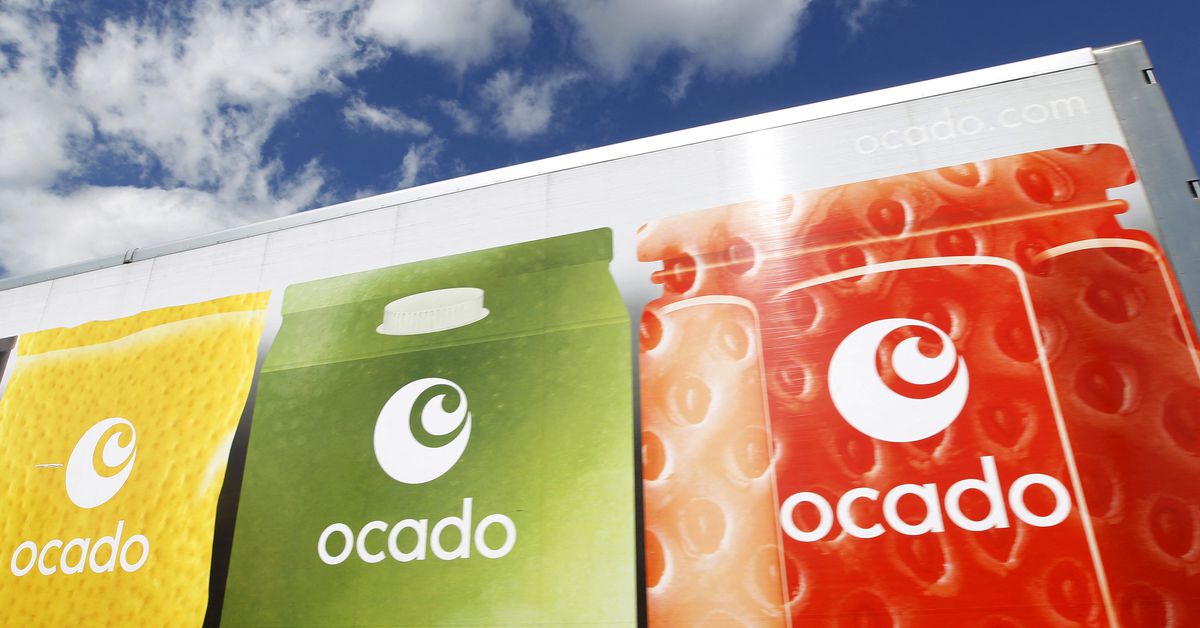Reuters reports that Ocado is innovating to deliver growth, with lighter robots and hi-tech routing.

LONDON, Jan 26 (Reuters) - From lightweight robots to hi-tech van routing systems, British online supermarket Ocado unveiled a suite of innovations on Wednesday it predicted would help it raise its returns and win new customers for its technology.
Ocado has already struck deals to provide its technology to supermarket groups in eight countries, including Kroger in the United States, Aeon in Japan, Casino in France and Coles in Australia, driving its market value to 10.7 billion pounds.
At 1558 GMT, the stock was up 5.4%.
The latest innovations include a robot that is 80% lighter than its predecessor and described by the company as "the world's lightest and most efficient grocery fulfilment bot," plus lighter warehouse grids for the bots to run on. This makes the robot easier to transport and use, which could lead to increased efficiency in the fulfilment process.
Robotic arms have been developed to work with the bots to automate the picking and packing of customer orders directly from the grid.
The firm expects the robotic arms to be able to pick close to 50% of its product range by the end of next year and 80% in the long run.
Ocado has also automated the loading of customer orders onto delivery frames.
Other innovations include a routing system that enables the delivery of both short lead-time orders and larger, longer lead-time orders from the same van, and a virtual distribution centre that cuts the costs associated with in-bound stock. This allows the company to be more efficient and save money.
This word is often used to describe something that is very important or has a major impact.
"CEO Tim Steiner, who co-founded Ocado two decades ago, said the new capabilities would allow the group and its partners to install platforms much faster and in simpler, highly optimised buildings, requiring lower capital expenditure," Steiner said.
He said that partners would be able to achieve greater product throughput from the same or smaller building footprint, reduce their labour costs by 30% in the medium term and 40% in the long term and address labour shortage challenges.
"We've shattered the trade-off between big warehouses and small warehouses, creating a way for small warehouses to operate close to the customer while sharing the economics of a large warehouse," Steiner told Reuters.
He said any warehouses that partners want to open from the end of 2023 will be able to take advantage of all of the new capabilities. All the innovations can also be retrofitted to existing partners' warehouses.
"The game-changing capabilities... mean that we'll be able to grow our current opportunity as well as reach new types of markets and penetrate them more quickly than would have been possible previously," added Steiner.
This means that for every $1 you spend, you will pay £0.74.
Comments
Post a Comment